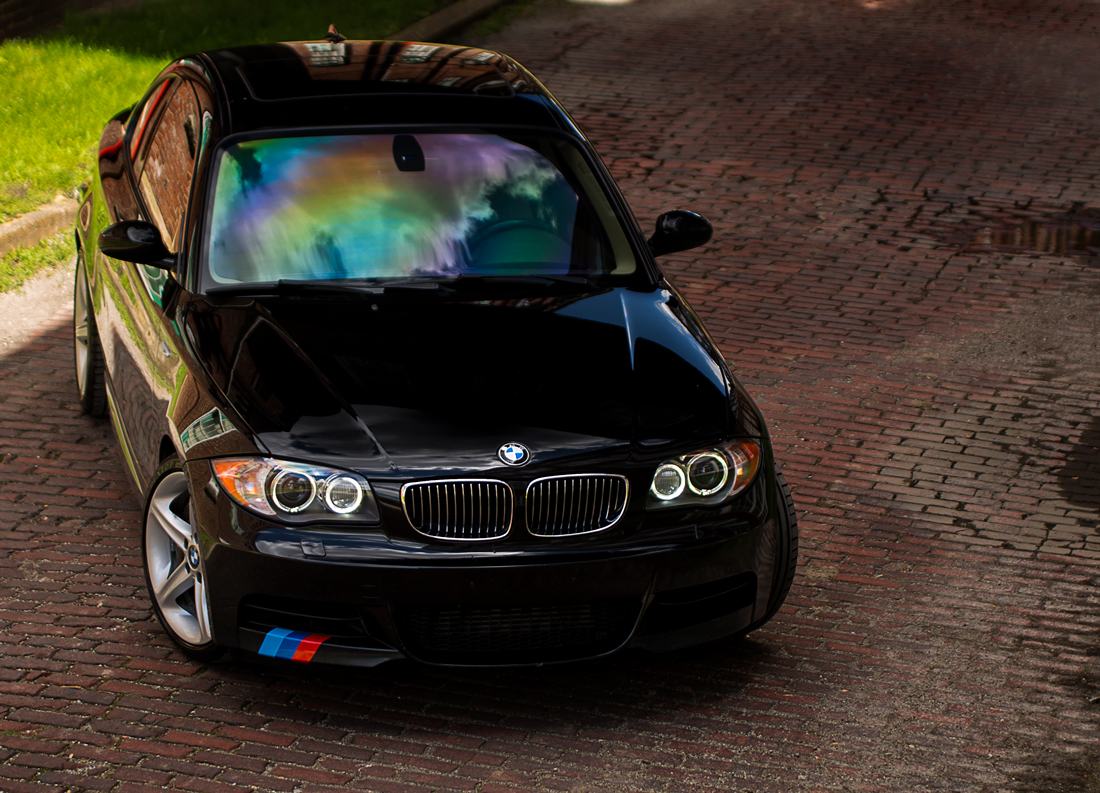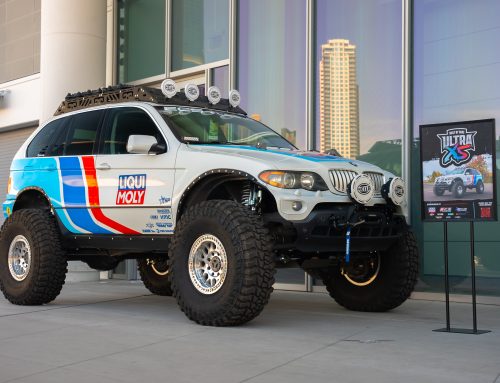BMW has always been successful with their compact sports car platforms. It’s in their roots. As their models grew in size with every generation, they saw a need to create a new model that filled in the gap they had created with the bulking-up of their iconic 3-series. In 2008, the world was given the 1-series, which was essentially a smaller version of the 3-series and only came available as a coupe or convertible here in the states. With the introduction of the E82 and E88 1-series came a variation that truly offered a return to form for BMW in the performance segment which catered to enthusiasts who wanted a nimble, powerful, and well-balanced compact sports coupe. This was, of course, the N54B30 twin-turbo powered 135i. Sadly, here in 2020, the 1-series has been overshadowed by the recently introduced 2-series and largely forgotten by enthusiasts except for those who are still enjoying the under-appreciated coupe. So why was the 135i so great and how reliable are they to own? We’re going to explore some common problems with specific 135i parts, ownership costs, and popular 135i modifications here so you can decide whether the platform is right for your next build.

The BMW 135i equipped with the N54 twin-turbo straight-six, which ran from 2008 to 2010 in the North American market, offers roughly 300HP and 300lb-ft of torque to drivers from the factory. A nearly 50-50 weight distribution, 6-speed manual or automatic, m-performance brakes, and comfortable interior made the 135i appealing to anyone who could sacrifice a bit of space in the name of agility and driving pleasure. The 135i was capable as a track day toy as well as a spirited commuter car, but it does have a few common issues besides rear legroom that were prevalent across the spread of N54-equipped BMWs. However, that doesn’t make it an unreliable car to own and drive every day.

Like any performance-oriented car, the 135i requires maintenance and upkeep with slightly higher demand than an economy competitor. When BMW introduced the N54, it quickly gained a reputation as both full of potential as a ‘German 2JZ’ and full of problems as BMW began to experiment once again with turbocharged engines. It certainly had its growing pains, which were more than a headache for owners in the first year or two after its debut. Since then, however, as the common problems became well-documented and permanent solutions were found, it is widely regarded as one of the most available and attainable platforms to build for eye-watering performance and power.

Basic Maintenance
If you are interested in buying a 135i with the N54, or just purchased one, chances are you are frantically searching for common N54 issues, questioning how reliable is the BMW 135i, and already budgeting for nightmare repairs. We’re here to quell your fears.
Basic maintenance, like any car, is the key to enjoying a long service life. The most important services are, of course:
Regular oil changes with BMW-approved oil, like the oils we include in our 135i oil service kits.
Inspection and replacement of your spark plugs, especially if you are running a performance tune, is critical. Regular 135i ignition service can prevent chasing misfires or potentially damaging your engine if left unchecked.
Walnut Shell Blasting to remove carbon buildup from the intake valves and ports (every 30k miles)
Other than the walnut blasting, this list could describe maintenance for any vehicle. Add in filters for your 135i and you should be fine, even with the love-it-or-hate-it N54.
Notable faults with the platform include a few more high ticket items, though. With some preventative upgrades as well as knowing what to look for, you’ll be all set to enjoy driving your 135i with confidence.

Common Problems
Water Pump/Thermostat: the N54 uses an electrically driven water pump. The benefit is that there is less parasitic loss to engine power since no belt drives the pump from the rotation of the crankshaft. The downside is that if your pump fails, which they are known to do every 60k miles or so, your car will enter limp mode and throw a check engine light. It is important to replace the water pump on schedule, along with the thermostat, to ensure you aren’t stranded by a fault that is easily fixed. We also recommend you service your 135i with OEM BMW parts for the best results. If you want real peace of mind, our BMW E82 135i Cooling System Refresh Kit is a solid choice.
High-Pressure Fuel Pump (HPFP): Another electrically driven pump that causes some mild frustration with BMW owners is the HPFP, which can fail in a similar fashion to the water pump and also cause a limp mode as well as starting issues. In older N54-powered BMWs, the HPFP was not originally up to the task of supplying fuel consistently over the life of the vehicle and became a regular failure point. BMW has since updated their HPFP with a unit that is much more reliable and should be one of the first things you replace if your pump has not already been updated. Once again, the OEM BMW fuel pump is your best bet. You can also upgrade to a Low Pressure Fuel Pump setup for greater reliability.
Oil Filter Housing Gasket/Oil Cooler Gasket: These common spots for oil leaks are easily fixed. If you notice oil consumption issues or see spots on your garage floor, chances are, one or both of these gaskets is the culprit. The 135i oil filter housing gasket is a notorious source for leaks, but the 135i oil cooler gasket can be responsible and hard to spot. Replace both gaskets when you purchase your car or notice the leak and you’ll be fine.
Charge Pipe: BMW, like many manufacturers, used plastic piping for their charge air delivery to the throttle body. This saves on cost but skimps on reliability. Over time, the charge pipe becomes brittle and can crack, which causes a boost leak and introduces air not measured by the MAF, which will cause your car to run poorly since it won’t know how much fuel to supply for a correct mixture. In this case, we suggest upgrading your charge pipes along with an aftermarket intercooler for better performance and longevity. There are tons of BMW 135i intercooler options we have available and all are great choices. Select the one you like best and you can’t go wrong.
Walnut Shell Blasting: We mentioned this above in the basic maintenance section, but thought it would be a good idea to include it here as well since the carbon buildup that happens can be considered a fault with the Direct Injection system. This is another involved DIY, but one that has been well documented. With a Bav Auto media blaster tank and proper fittings, you can easily clean your ports and valves at home roughly every two years. To maintain your N54, this service is critical.
Wastegate Rattle: The N54 wastegates notoriously rattle, even when they are functioning properly. In early engines, however, there were issues with the wastegates that caused them to fail. They would rattle noticeably more before failing completely. Replace your wastegates if the issue has not been addressed on your 135i with updated OEM BMW wastegates and never worry about it again.

Obviously, this list is fairly long and can seem daunting if you only have the budget for the initial purchase price of a 135i. Once again, any performance car is going to have a similar cost of ownership, it’s just going to come down to what those common problems and solutions are. With the 135i, you should feel confident that everything can be fixed at home and without many specialty tools, media blaster aside. So, if you are looking at a 135i N54 car, don’t be hesitant. Pick one of these awesome machines up for a good price and budget accordingly to tackle the known faults. Once those issues have been fixed, you should have no problem daily driving and even racing your 135i with reliability. We love the BMW 135i, especially with the twin-turbo N54, thanks to its fun driving experience and potential. Stay tuned for the next few days while we focus on this forgotten compact sports car and how you can have the most fun, and fewest headaches, with one of your own.






